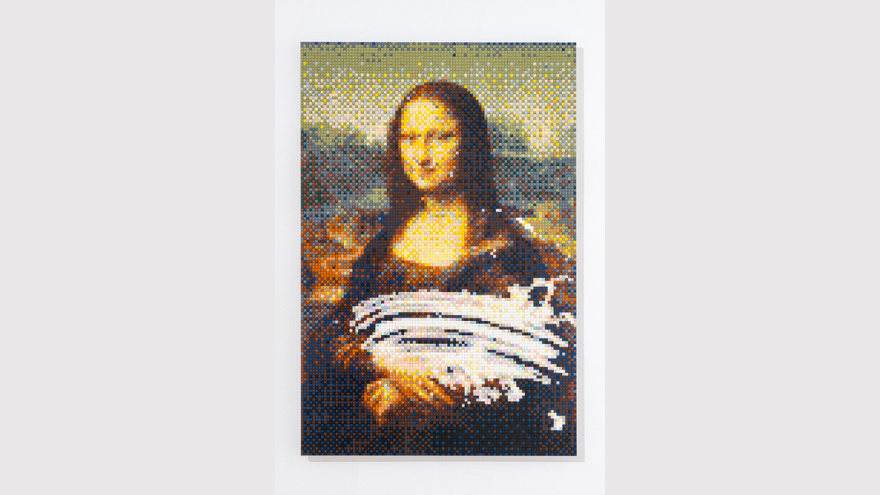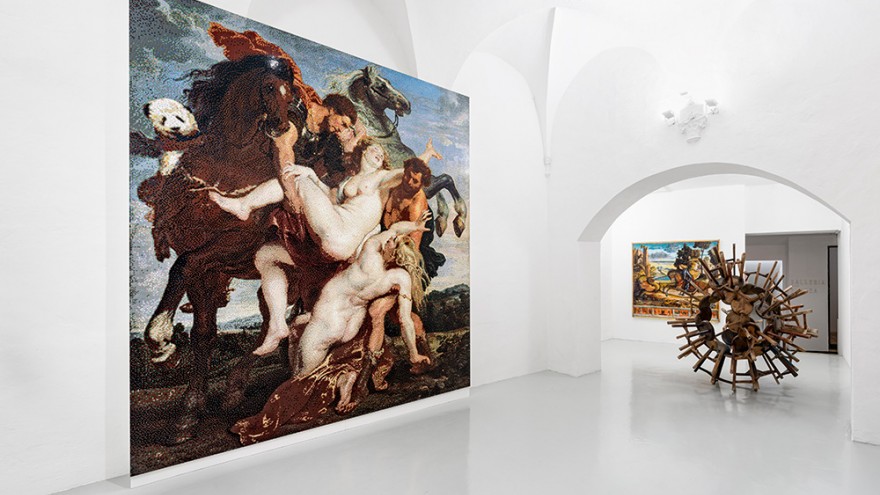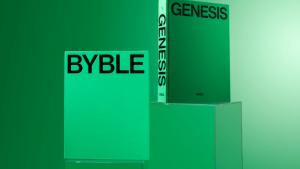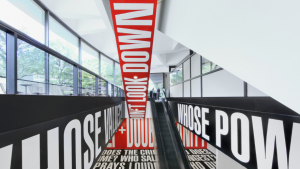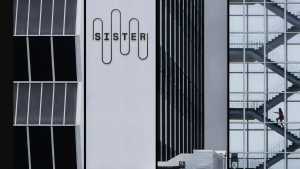Open to the public until 15 September 2024, Neither Nor at Galleria Continua in San Gimignano, Italy, traces the creative career of the hugely influential contemporary multidisciplinary artist, Ai Weiwei, from 1995 to today.
Using the entire of the Galleria Continua space, the exhibition takes it cues from Weiwei’s critique of the danger of current cultural extremes reminiscent of of authoritarian periods in history, such as the first Soviet purges, the McCarthy era in the US, the Cultural Revolution in China, and the rise of Nazism in the 1930s and 1940s. ‘In the current era we find ourselves faced with a cultural panorama that tends towards extremes, where everything is reduced to a binary choice between black and white,’ commented Ai Weiwei.
‘The title, Neither Nor, is intended to convey that, in most cases, our thinking is not limited to absolute truths or single interpretations, but rather exists in a state of ambiguity that allows for greater possibilities and debate,’ continued Weiwei. ‘It is within this state of ambiguity that human thought and culture, including art, finds the environment and space to thrive. As a result, it is often difficult to provide definitive yes or no answers; regardless of the answer, there is a strong sense of exclusivity and a lack of tolerance for alternative perspectives.’
Neither Nor hosts a broad selection of works, including previously unseen pieces created between 2019 and 2023 using LEGO, and older pieces made from an array of different materials. The first floor of the gallery features these newer LEGO pieces in what Weiwei describes as an exploration of pixelation, digitisation, and fragmentation in the digital age: ‘Pixels, digitisation, segmentation, fragmentation and disconnection provide a unique freedom for reproduction, enabling a qualitative and quantitative breakthrough in image formation that moves away from the widely used order, method and composition.’
New LEGO masterpieces intermingle with history, beginning with ‘Sleeping Venus with Coat Hanger’, a work based on the painting attributed to Giorgione in which Weiwei inserts, next to the Roman goddess of fertility, a hanger in memory of brutal abortions self-induced before pregnancy termination became legal. In ‘The Rape of the Daughters of Leucippus in Untitled (After Rubens)’, the artist juxtaposes the original with a panda, symbol of contemporary Chinese state power; and the image of the locust invasion that wiped out entire crops in the heart of Pakistan in 2020 overlaps with Van Gogh’s ‘Le semeur au soleil couchant’ and Weiwei himself replaces Judas in ‘The Last Supper’.
The exhibition’s older pieces include ‘Treasure Box’ (2014), ‘Marble Cube’ (2010), ‘Porcelain Cube’ (2009) and ‘Stools’ which is made with approximately 3 000 stools dating back to the Ming and Qing dynasties and the Republican era which, connected to each other, form a wooden surface that covers the floor of the room.
READ MORE

